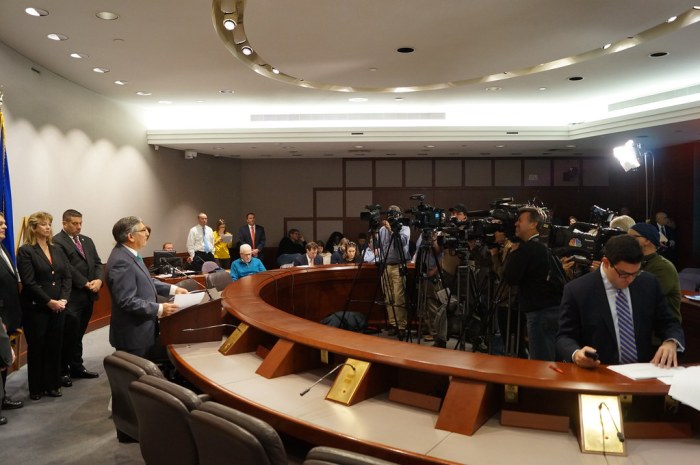Adjusting timber management strategies to address long term shortfalls will – Adjusting timber management strategies to address long-term shortfalls is a critical endeavor that demands attention. As global timber demand continues to rise, it is imperative to implement innovative and sustainable practices to ensure the availability of this vital resource for future generations.
This comprehensive guide delves into the factors contributing to long-term timber shortfalls, explores innovative management strategies, and emphasizes the importance of balancing conservation and utilization. It also highlights the need for adapting to climate change, engaging stakeholders, and implementing effective monitoring and evaluation frameworks.
Adjusting Timber Management Strategies to Address Long-Term Shortfalls: Adjusting Timber Management Strategies To Address Long Term Shortfalls Will

The world’s timber resources are facing significant challenges due to increasing demand, climate change, and unsustainable harvesting practices. Addressing these challenges requires adjusting timber management strategies to ensure sustainable and resilient timber production while balancing conservation and utilization objectives.
Identifying Long-Term Shortfalls
Long-term timber shortfalls arise from factors such as:
- Increasing global population and urbanization
- Growing demand for wood products, including construction, furniture, and paper
- Deforestation and land conversion
- Unsustainable harvesting practices
Regions experiencing significant shortages include:
- Southeast Asia, where rapid economic growth has led to high demand for timber
- Central Africa, where deforestation and illegal logging have depleted timber resources
- North America, where the timber industry is facing competition from other land uses, such as agriculture and development
Long-term timber shortfalls have potential economic consequences, including job losses, reduced economic growth, and increased prices for wood products. Environmental consequences include habitat loss, biodiversity decline, and climate change.
Adjusting Management Strategies, Adjusting timber management strategies to address long term shortfalls will
Adjusting timber management strategies to address shortfalls involves:
Innovative Silvicultural Practices
- Intensive silviculture, such as thinning and fertilization, to enhance timber yields
- Agroforestry, which combines timber production with other agricultural activities
- Mixed-species plantations, which improve resilience to pests and diseases
Tree Breeding and Genetic Improvement
- Developing fast-growing and disease-resistant tree varieties
- Selecting trees with desirable traits for timber production
- Implementing genetic conservation programs to preserve genetic diversity
Common Queries
What are the key factors contributing to long-term timber shortfalls?
Factors contributing to long-term timber shortfalls include increasing global demand, unsustainable harvesting practices, deforestation, and climate change.
How can innovative silvicultural practices enhance timber yields?
Innovative silvicultural practices, such as precision forestry, genetic improvement, and mixed-species plantations, can increase timber yields by optimizing growth rates, improving tree quality, and reducing susceptibility to pests and diseases.
What is the role of stakeholder engagement in timber management planning?
Stakeholder engagement is crucial for ensuring the success of timber management plans. It involves involving diverse stakeholders, including landowners, industry representatives, conservationists, and local communities, in the planning and implementation process to address their concerns and foster consensus.

